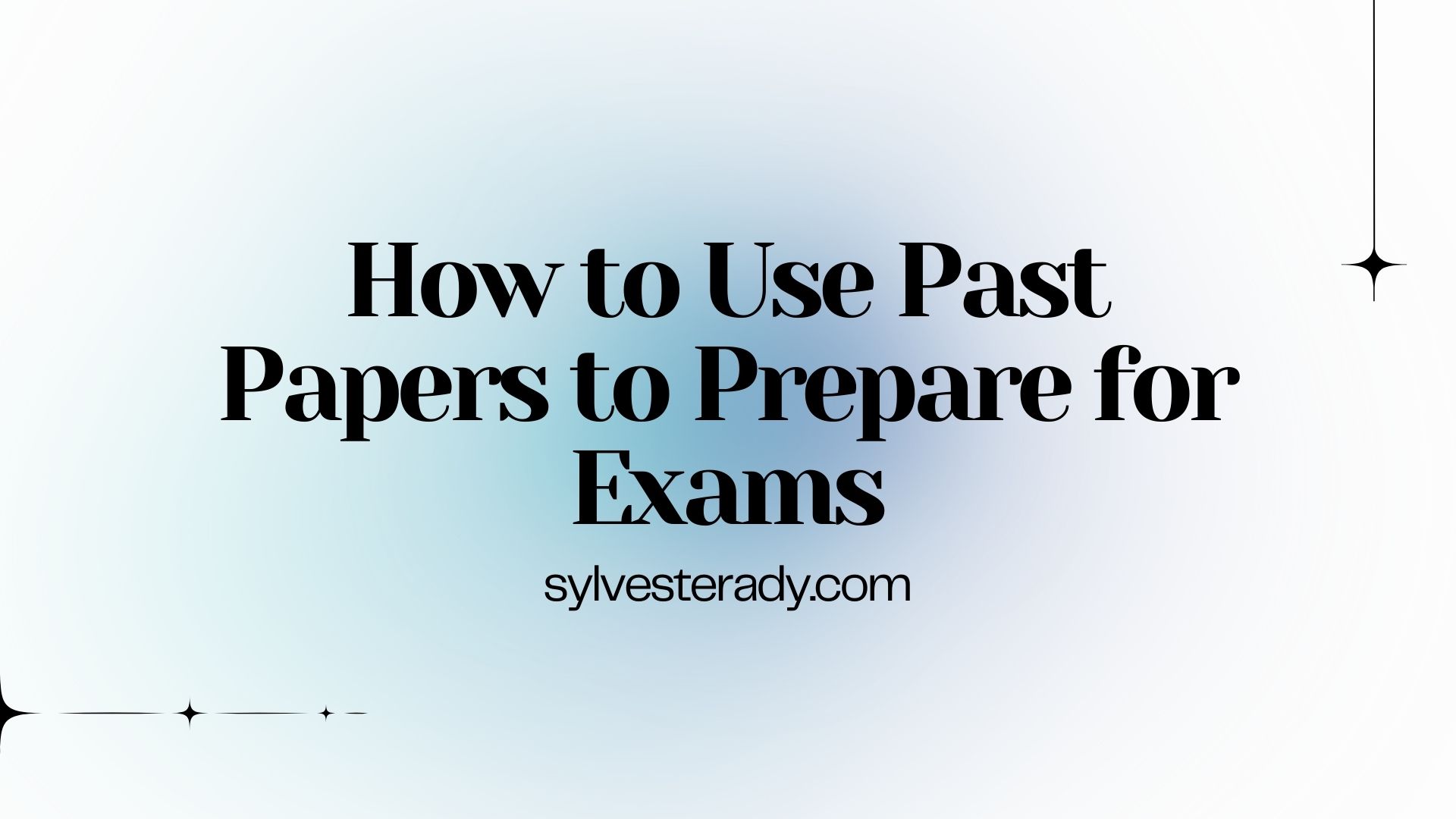Alright, let’s talk about something that saved my academic life more times than I can count: past papers. Seriously, if you’re prepping for exams and not using past papers, you’re leaving a golden opportunity on the table. I get it—not everyone can afford tutors or fancy prep courses (I sure couldn’t), but past papers? They’re free, they’re effective, and they’re a game-changer. Here’s how I used them to not just keep up, but actually ace my exams, even in the crazy competitive environment of a Chinese high school.
Why Past Papers Are a Secret Weapon
First off, let’s get one thing straight: past papers aren’t just about practicing questions. They’re about understanding the mindset of the examiners. Think about it—exams are designed to test specific skills and knowledge, and past papers give you a sneak peek into how those skills are tested. It’s like having the answers to the test before you even take it (well, sort of).
When I was in high school, the competition was intense. Everyone was studying like their lives depended on it, and I knew I had to find a way to stand out without spending money I didn’t have. That’s when I started digging into past papers. And let me tell you, it was a game-changer.
Step 1: Gather Your Past Papers
This might sound obvious, but the first step is to get your hands on as many past papers as possible. Check your school’s library, ask your teachers, or look online. In my case, I found a treasure trove of past exams on my school’s intranet. If you’re lucky, you might even find papers with model answers—those are gold.
Pro tip: Don’t just stick to the most recent papers. Go back a few years. Sometimes, exam boards recycle questions or use similar formats, so the more papers you have, the better.
Step 2: Simulate Exam Conditions
Here’s where the real magic happens. Once you’ve got your past papers, set aside time to do them under exam conditions. That means no distractions, no notes, and timing yourself. I used to lock myself in my room, set a timer, and pretend I was in the actual exam hall. It’s nerve-wracking at first, but it helps you get used to the pressure.
Why is this important? Because exams aren’t just about knowing the material—they’re about performing under pressure. By simulating exam conditions, you’re training your brain to stay calm and focused, even when the clock is ticking.
Step 3: Analyze Your Mistakes
Okay, so you’ve done a past paper. Now what? This is where most people stop, but trust me, the real learning happens after you’ve finished. Go through your answers and figure out where you went wrong. Did you misread the question? Did you run out of time? Did you forget a key concept?
I used to keep a mistake journal (yes, I was that kid). Every time I made a mistake, I’d write it down and figure out how to avoid it next time. Over time, I started to see patterns—like how I always struggled with questions about calculus or how I tended to rush through multiple-choice questions. Once I knew my weaknesses, I could work on them.
Step 4: Identify Common Themes and Question Types
One of the biggest advantages of past papers is that they help you spot trends. After doing a few papers, you’ll start to notice that certain topics or question types come up again and again. For example, in my math exams, there was always a probability question in Section B, and it was usually worth a lot of points. Once I realized that, I made sure to practice probability problems until I could do them in my sleep.
This is especially useful if you’re short on time. Instead of trying to study everything, focus on the topics and question types that are most likely to come up. It’s like studying smarter, not harder.
Step 5: Use Past Papers to Improve Your Time Management
Time management is one of the biggest challenges in exams. I can’t tell you how many times I’ve seen smart students fail because they ran out of time. Past papers are a great way to practice pacing yourself.
When I was prepping for my university entrance exams, I used past papers to figure out how much time I should spend on each section. For example, I knew that I needed to spend no more than 20 minutes on the essay question if I wanted to finish the whole paper. By practicing with past papers, I was able to stick to that timing during the actual exam.
Step 6: Don’t Just Memorize—Understand
Here’s a mistake I see a lot of students make: they use past papers to memorize answers. Don’t do that. Exams are designed to test your understanding, not your ability to regurgitate information. Instead of memorizing, focus on understanding why a particular answer is correct.
For example, if you’re doing a past paper for a history exam, don’t just memorize the dates and events. Try to understand the causes and consequences of those events. That way, even if the question is phrased differently, you’ll still be able to answer it.
Final Thoughts
Using past papers to prepare for exams isn’t just about practicing—it’s about strategizing. It’s about understanding how exams work, identifying your weaknesses, and building the skills you need to succeed. And the best part? It doesn’t cost a thing.
I know how tough it can be to keep up in a competitive environment, especially when you don’t have the resources that some of your classmates might have. But trust me, with a little creativity and a lot of hard work, you can not only keep up—you can excel. Past papers were my secret weapon, and they can be yours too.
So grab those papers, set your timer, and get to work. You’ve got this!
